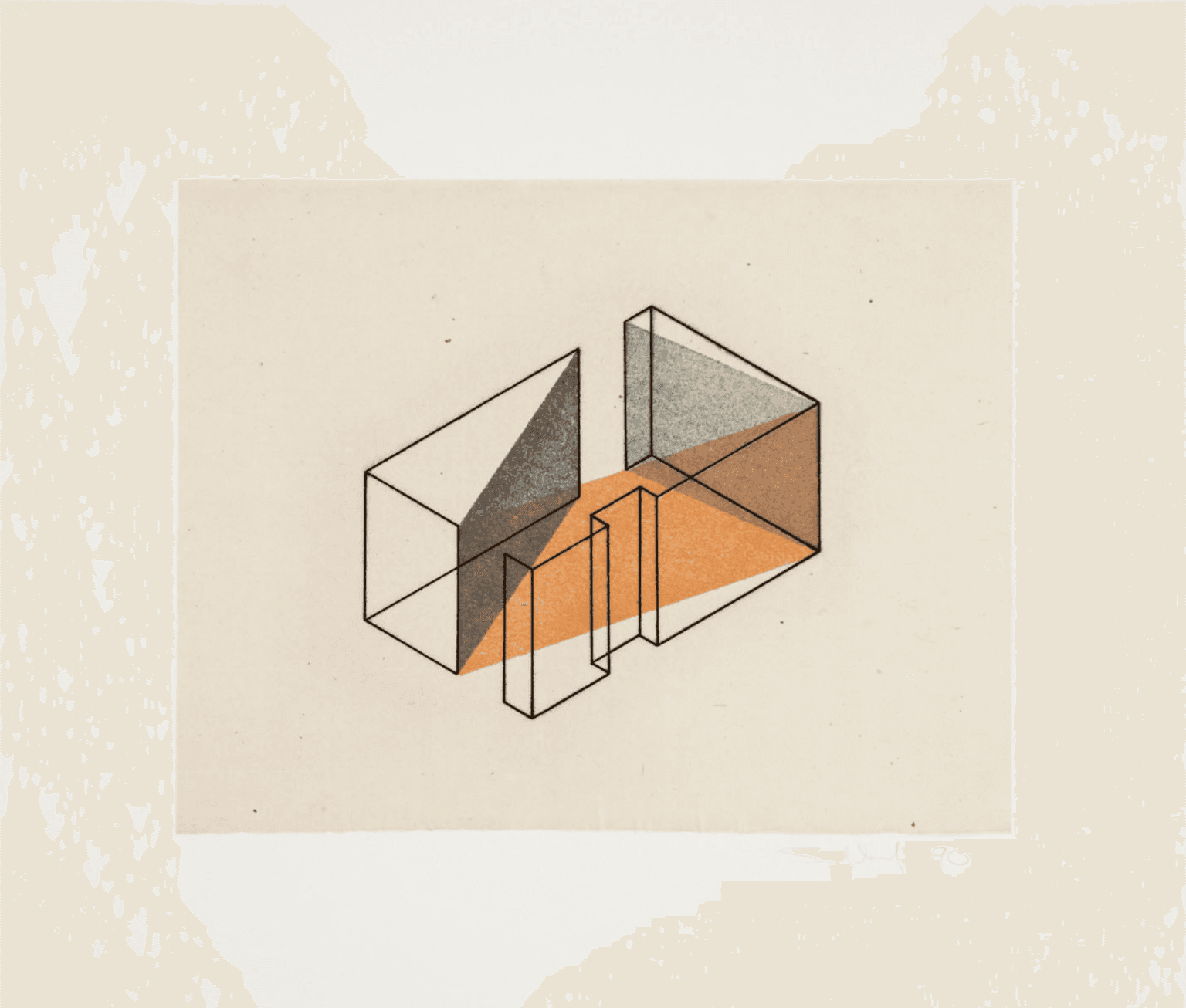When you first see a Fred Sandback piece, you might blink twice. “Wait—is that yarn?” Yep, it is. But also, not really. Because what Sandback did with yarn wasn’t craft—it was sculpture, space, and perception rolled into one.
Fred Sandback was one of those rare artists who saw more in less. Instead of working with stone or steel, he used simple lengths of acrylic yarn to draw in air, turning empty rooms into geometric poems. His sculptures don’t dominate a space—they reframe it. And they rely on you, the viewer, to bring them to life.
A Sculptor of Lines, Not Mass
Born in 1943 in Bronxville, New York, Sandback wasn’t your typical prodigy sketching in the margins. He made musical instruments as a teenager. Later, he studied philosophy, then sculpture at Yale, learning from minimalist giants like Donald Judd. But while others were refining industrial forms, Sandback stripped sculpture down to its core: the line.
His breakthrough was deceptively simple—using yarn to outline shapes that don’t actually exist. There’s no object to admire from a distance. Instead, you move with the piece, around it, through it. You complete the sculpture with your own perspective.
Minimalism, but Warmer
Minimalism can be cold—clean lines, sharp angles, lots of metal and concrete. Sandback’s work isn’t that. Yes, it’s minimal. But it’s also soft, human, and surprisingly playful. Using geometry as a guide—cubes, rectangles, planes—he reduced sculpture to almost nothing, and somehow made it feel more present.
He once described his work as “pedestrian space.” Not in the boring sense—but as something you inhabit. His sculptures don’t sit on pedestals; they live in your space. You’re not just looking at art. You’re walking through it.
Why It Matters
Sandback’s work asks big questions with almost no material: What is form? Where does space end and sculpture begin? And what happens when you remove the object entirely?
Unlike many minimalists who emphasized industrial surfaces and physical heft, Sandback gave us something light. Something that asks us to slow down, to notice boundaries we normally ignore, and to reimagine what sculpture can be.













